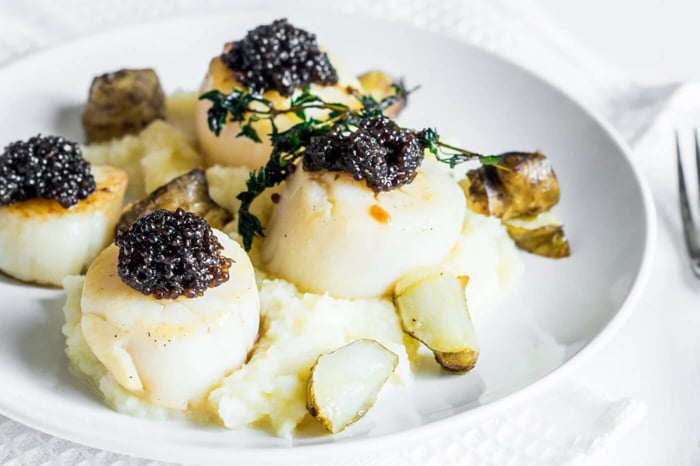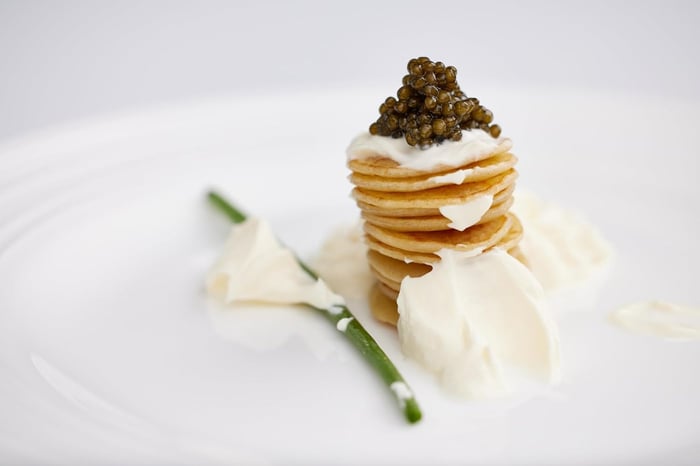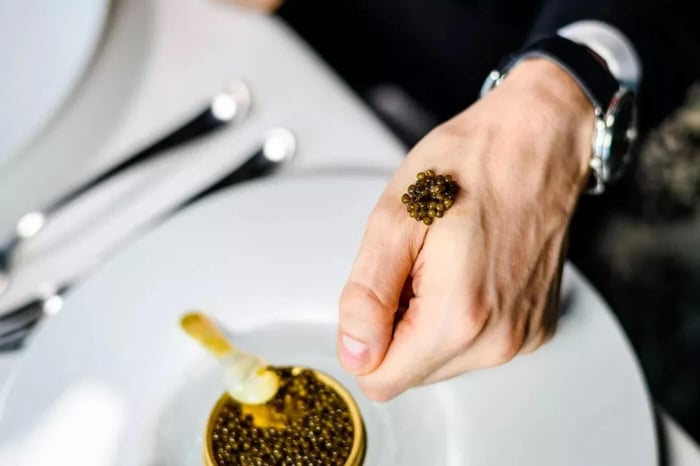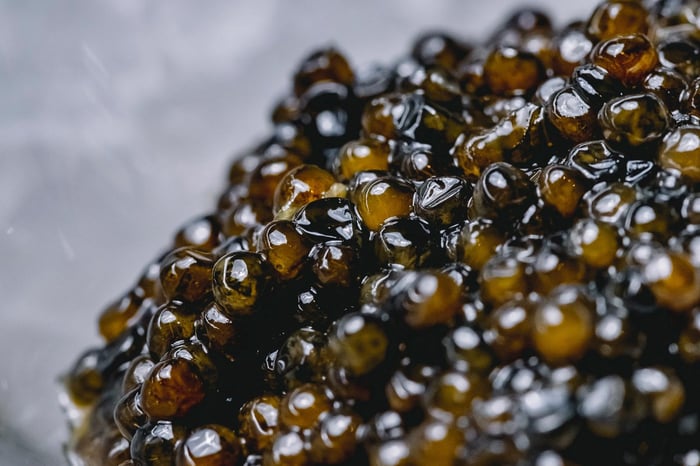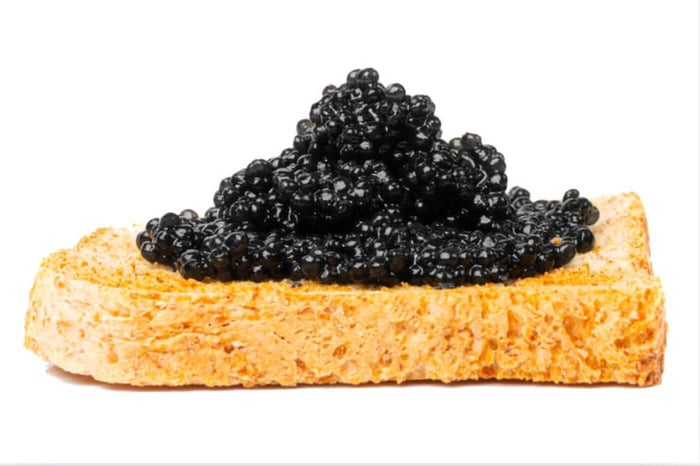 Caviar, long considered the pinnacle of culinary luxury, is more than just a delicacy—it’s a product with a fascinating scientific story behind its longevity. While many foods spoil quickly, high-quality caviar can remain edible for a surprisingly extended period when stored correctly. The shelf life of caviar is not arbitrary; it is influenced by biology, preservation techniques, and storage conditions that work together to maintain freshness and flavor. Understanding the science behind how caviar ages not only helps consumers enjoy it at its best but also preserves the heritage of one of the most prized foods in the world.
Caviar, long considered the pinnacle of culinary luxury, is more than just a delicacy—it’s a product with a fascinating scientific story behind its longevity. While many foods spoil quickly, high-quality caviar can remain edible for a surprisingly extended period when stored correctly. The shelf life of caviar is not arbitrary; it is influenced by biology, preservation techniques, and storage conditions that work together to maintain freshness and flavor. Understanding the science behind how caviar ages not only helps consumers enjoy it at its best but also preserves the heritage of one of the most prized foods in the world.
The Biological Nature of Caviar
Caviar is essentially salt-cured sturgeon roe, meaning it is highly perishable by nature due to its composition of proteins, fats, and water content. Like any raw animal product, the delicate fish eggs are vulnerable to microbial growth and enzymatic changes that can cause spoilage if not managed properly. The natural oils present in caviar are particularly prone to oxidation, which can alter taste and smell, reducing its overall quality. What makes caviar special is that its biology is both a strength and a weakness—its delicate structure allows for a melt-in-the-mouth experience, but it also makes preservation a scientific challenge that requires precise handling and controlled conditions.
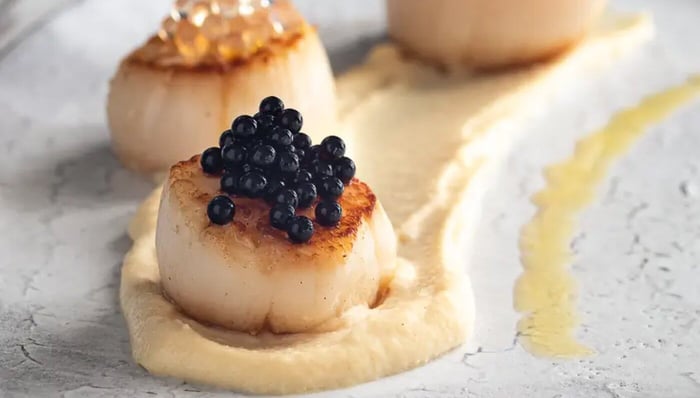
Read: Caviar Production Around the World: A Regional Overview
The Role of Salt in Preservation
Salt is the oldest and most important preservative used in caviar production, and its role is crucial in extending shelf life. By drawing out moisture from the fish eggs, salt reduces the activity of microorganisms that cause spoilage, essentially slowing down the process of decay. However, too much salt can overpower the subtle, buttery flavor that makes caviar so sought after, which is why modern caviar producers use a precise balance. The “malossol” method, meaning “little salt,” is the gold standard for high-quality caviar, using just enough salt to preserve freshness without compromising taste. This delicate balance highlights how chemistry and tradition converge to maintain both flavor and longevity.
The Impact of Pasteurization
Pasteurization, a process of gently heating caviar, is another method used to extend its shelf life without heavily altering flavor or texture. By heating the roe to a specific temperature, harmful bacteria and enzymes are neutralized, giving the product a significantly longer storage potential compared to fresh, non-pasteurized caviar. While purists may argue that pasteurization slightly diminishes the nuanced taste and delicate texture, it remains a widely accepted practice, particularly for caviar destined for export or long-distance travel. This process represents a trade-off between authenticity and practicality, illustrating how science adapts to global demand while maintaining food safety.
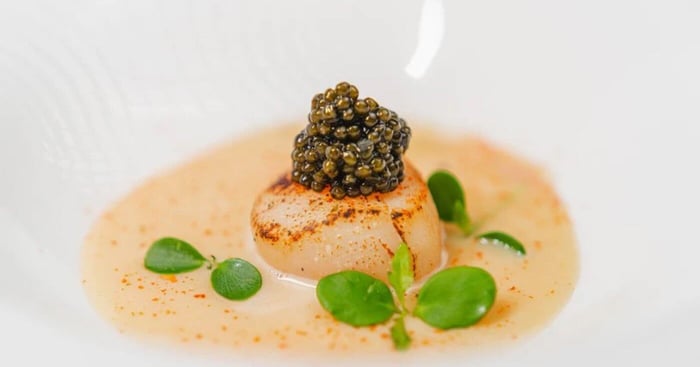
Read: Siberian vs. Beluga Caviar: Which One Reigns Supreme?
The Role of Packaging and Vacuum Sealing
Modern packaging plays a vital role in protecting caviar from spoilage and oxidation, thereby extending its shelf life. Vacuum sealing is a common method, as it removes air that could accelerate bacterial growth and lipid oxidation within the roe. Glass jars and tins with airtight seals not only preserve flavor but also protect the fragile eggs from contamination during transport and storage. Advances in packaging technology, including modified atmosphere packaging, have further enhanced the stability of caviar by creating environments unfavorable for microbial growth. This demonstrates how technological innovation complements traditional preservation methods, ensuring caviar remains fresh for longer while retaining its luxurious appeal.
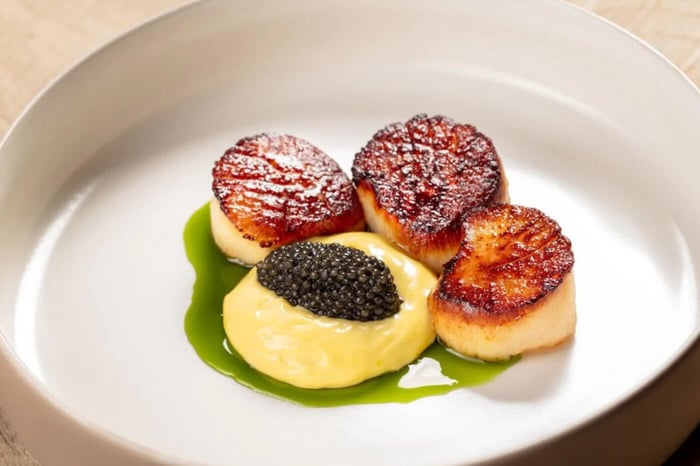
The Importance of Cold Storage
Temperature control is perhaps the most influential factor in caviar’s shelf life, as refrigeration dramatically slows the biological and chemical processes that cause spoilage. Unopened, fresh caviar can typically last up to four weeks when kept at temperatures between -2°C and +2°C, with frozen caviar lasting even longer under proper conditions. However, freezing may slightly alter texture, which is why refrigeration is often preferred by connoisseurs seeking optimal quality. Once opened, the shelf life decreases to just a few days, as exposure to oxygen and airborne microbes accelerates spoilage. This reliance on cold storage highlights the critical intersection of food science and consumer handling practices in preserving freshness.
Quality Control and Expiration Dates
Rigorous quality control measures, including microbiological testing and monitoring of production standards, are essential in determining caviar’s shelf life. Producers carefully assess the balance of salt, temperature, and packaging conditions to establish accurate expiration dates for consumers. Unlike many other foods, caviar does not rely on artificial preservatives, which means expiration labeling is a direct reflection of its natural stability. Adhering to these dates is critical not only for maintaining the authentic flavor profile but also for food safety. By combining traditional craftsmanship with modern food safety regulations, producers ensure that every jar of caviar offers both luxury and security to the consumer.
Conclusion
The science behind caviar’s shelf life is a remarkable blend of biology, chemistry, and technology working together to preserve one of the world’s most prized delicacies. From the natural composition of sturgeon roe to the roles of salt, pasteurization, packaging, and temperature control, each factor contributes to extending freshness without compromising quality. The delicate balance required to maintain caviar’s unique flavor and texture underscores why it has remained such a symbol of refinement and luxury throughout history. For consumers, understanding this science not only enhances appreciation for the product but also ensures they can savor caviar at its very best. Ultimately, the longevity of caviar is a testament to how science and tradition harmonize to protect culinary excellence.
About the Author
 Igor Fishbeyn - Caviar Purveyor
Igor Fishbeyn - Caviar Purveyor
Igor Fishbeyn is purveyor of fine sturgeon caviar and creator of the Skazka Caviar brand. He is an expert with decades of experience specializing in importing, wholesaling, and retailing the finest quality caviar in the world. Igor frequently writes about caviar news and various topics about the caviar industry. He lives in San Francisco with his wife and daughter.
Shop Skazka Caviar
Browse Our Exclusive Caviar Collection
[dib_prod_5322279944351] [dib_prod_5322391584927] [dib_prod_5322633216159][dib_prod_5322609590431]
Shop Caviar By Type
Shop Black Caviar | Shop Red Caviar | Shop Caviar Accessories
Shop Beluga Caviar | Shop Kaluga Caviar | Shop White Sturgeon Caviar
Shop Osetra Caviar | Shop Salmon Roe | Shop Albino Sturgeon Caviar

